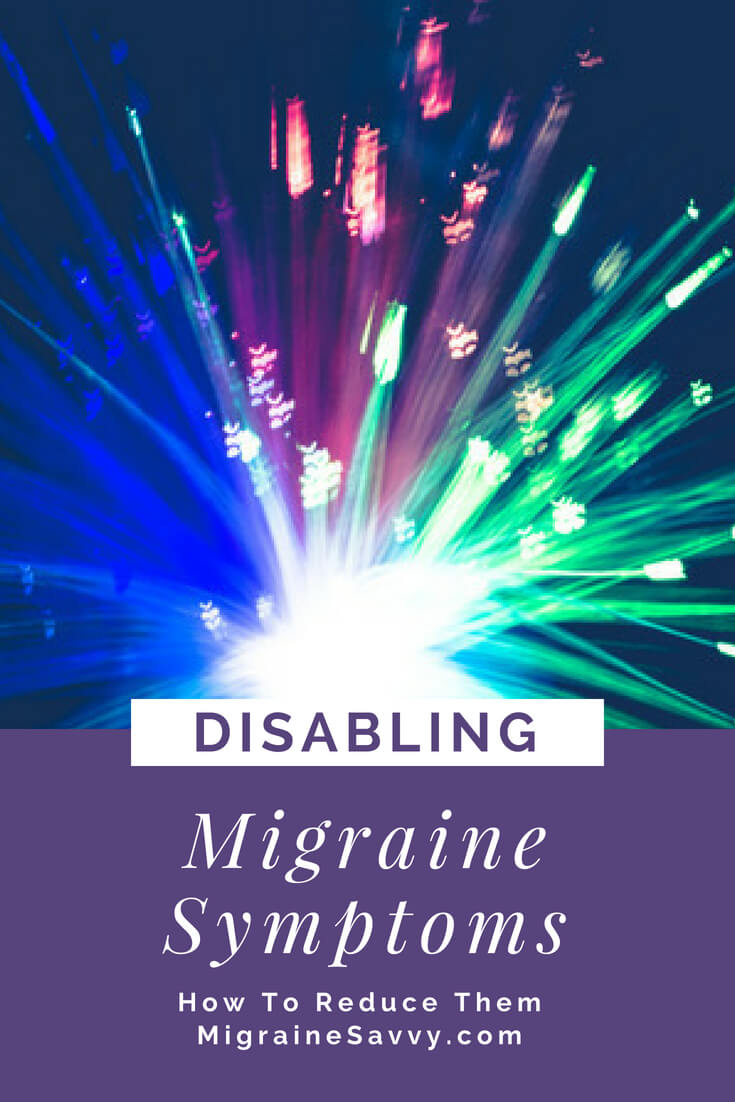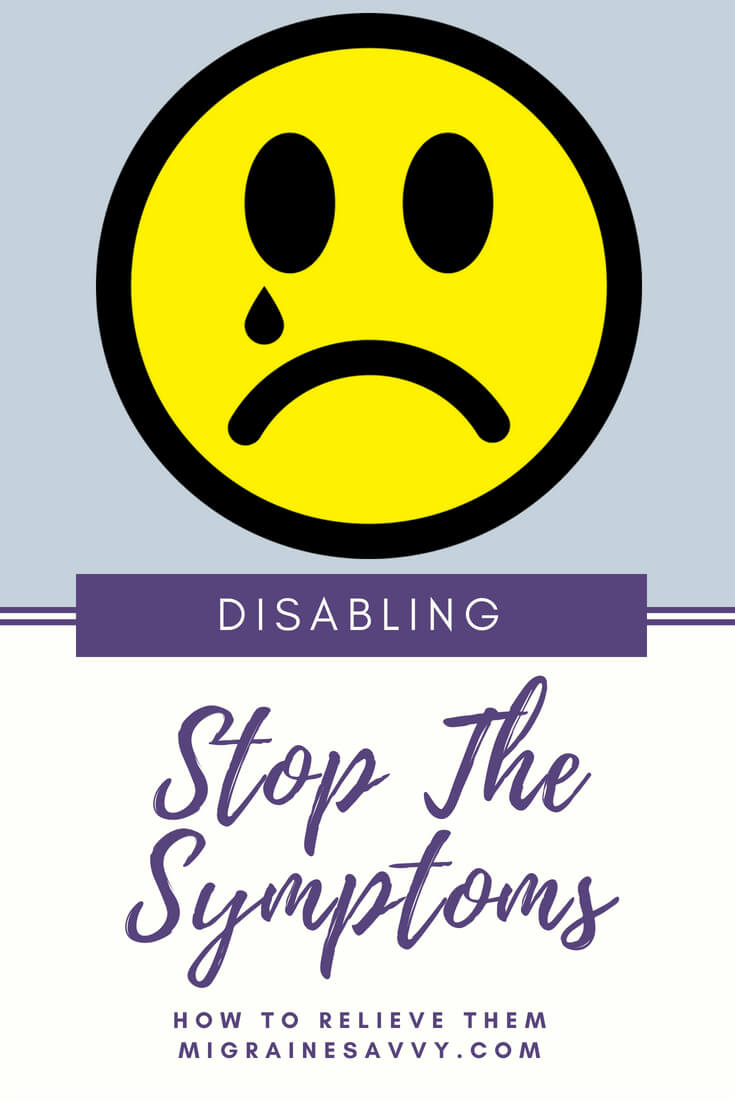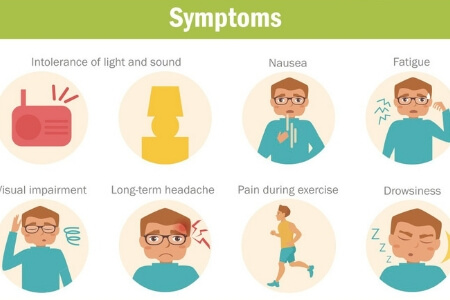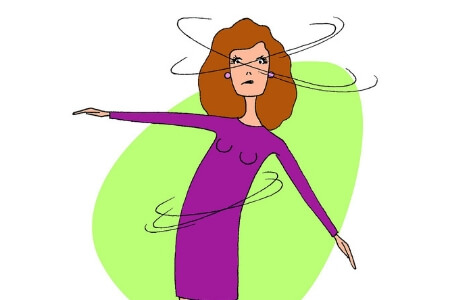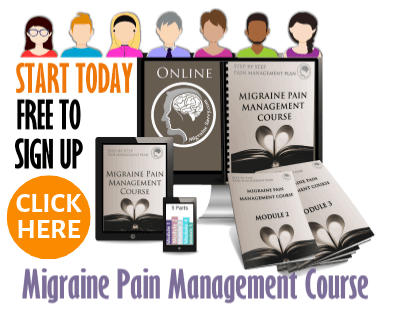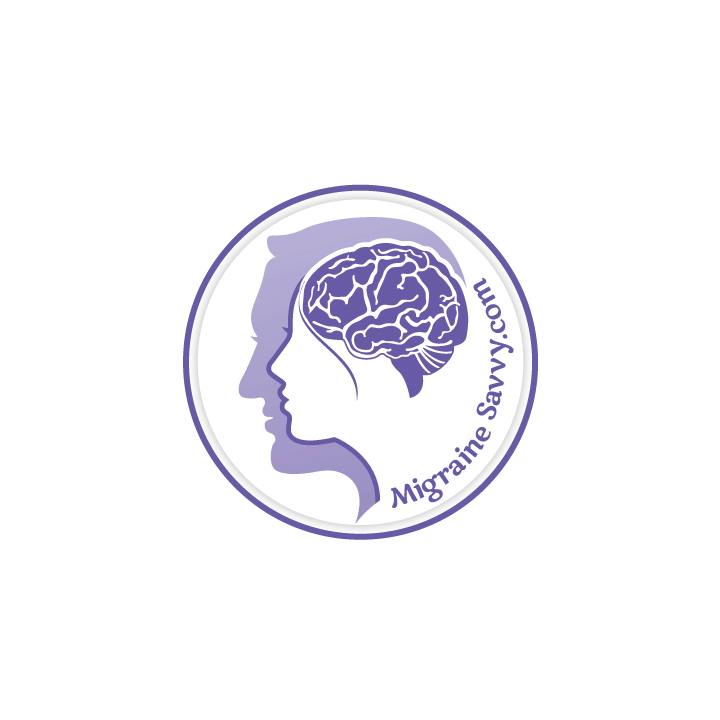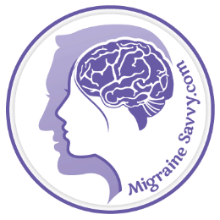- Home
- Migraine Symptoms
COMPLETE MAGNESIUM SUPPORT
My Top Choice - Magnesium Breakthrough - The ONLY supplement with all 7 essential magnesium types in one formula. Most only have 1-2 types, leaving you deficient.
Migraine Symptoms: Warning Signs Of An Attack
Signs and Symptoms | Diagnosis | How To Stop The Vicious Cycle | Symptoms in Each Phase | More
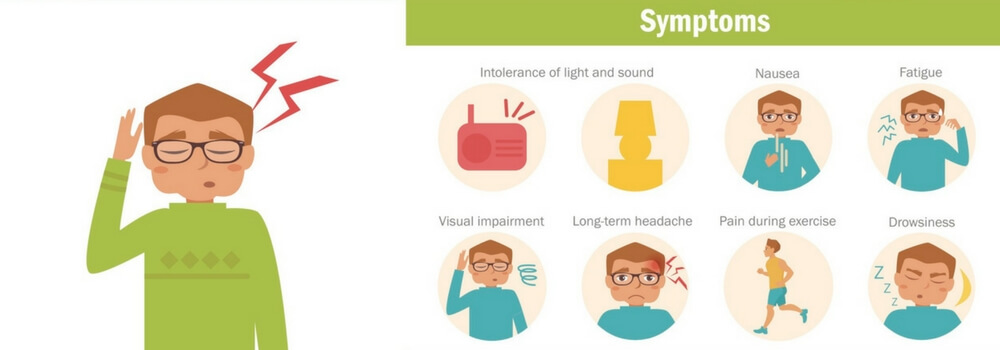
If you know your early migraine symptoms, you can use it (them) to tell you a migraine is on its way. Some people, like myself, get an "aura", that comes with its own symptoms, or prior to the onset of other more troublesome symptoms.
An aura can affect your hearing, speech, sense of smell, or other neurological functions, and usually hits about 15 to 30 minutes before a migraine attack. You can read about that here - Migraine Aura Symptoms.
However, some 'prodrome' symptoms can start days before the onset of the aura or pain phase.
This prodrome phase provides early warning signs of an attack.
Even earlier than the aura. We'll go over this in a minute.
The general rule is that you have a 20 minute window to act in order to get your best results at aborting the attack.
But everybody's experience with migraines is different, so let's look at what else you should know about.
My #1 Choice in Magnesium Supplements
Do You Know When An Attack Is Looming?
A severe, throbbing, one-sided headache is the most commonly recognized symptom associated with migraines. However, many people also experience these signs and symptoms:
- behavior changes - from hyperactive to completely lethargic
- pain on just one side of the head, but occasionally both sides may be affected
- pain around the eyes, especially on the side of the migraine
- gut symptoms like: nausea, which may lead to vomiting; food cravings or loss of appetite; diarrhea or constipation
- vertigo and dizziness
- sensitivity to loud noise or bright light
- muscular pain that gets worse with activity
- neurological changes - difficulty in speaking (dysphasia), drowsiness, blurry vision
- increased sensitivities of the senses (smell, hear and taste)
- mood swings (for no reason) varying from feeling delighted and full of energy to feeling depressed and irritable [1]
Some of these migraine symptoms are even more disabling than the headache pain.
Without medication or other treatment an attack generally lasts from 4 hours to several days, but some have been reported to last more than a week... and in some cases never stop. The new classification is called New Daily Persistent Headache.
Although many people refer to all throbbing headaches as a migraine, experts save the term for a chronic, recurring neurological condition that results in occasional attacks of pain in the head. And it's not just the headache phase, there are 5 phases a migraine attack goes through.
Neurological experts have found that migraine sufferers who get aura are twice as likely to suffer a stroke than people not affected by migraines. These findings support earlier beliefs that the brain's blood circulation is altered during a migraine attack, which could possibly result in physiological damage.
You can read about those symptoms here - Stroke Like Migraine Symptoms: What to Watch For.
Learning your early warning signs of an attack means you can act to stop it from progressing to the next phase as soon as possible.
BE INFORMED. STAY INFORMED. JOIN THE MAILING LIST.
Get The Right Diagnosis Based On Your Symptoms
Up to 25 percent of headaches suffered by women in their thirties are caused by migraines. The condition has been diagnosed in more than 28 million people in the US, more than half of which are women.
There isn't enough evidence to prove whether women are genetically more prone to migraines, or if men are just less likely to report the condition to their doctors. However, it is commonly believed that just as many men suffer from the condition, but don't seek treatment.
If you believe you may be suffering from the condition, you should keep track of any migraine symptoms you experience.
Make note of the type of pain, where it is located, the time of day it occurs, how long it lasts, and how severe the pain is. Take note of any other symptoms occurring at the same time such as nausea or light sensitivity.
The more accurate your records, the easier it will be for your doctor to determine whether or not your symptoms are in fact caused by a migraine, or if there may be another underlying disease causing your pain.
How To Stop The Vicious Cycle
During an attack, you may only find relief by laying flat in a dark room.
The localized pain, often being the most severe over one eye, can become much worse with the slightest amount of movement.
That experience can be very frightening if you've never experienced it before. About 20% of migraine sufferers experience migraine with aura. You may suffer double vision, weakness, or slur your words. An aura will usually last for about 20 to 45 minutes, and then the crushing headache begins, sometimes accompanied with severe nausea.
Since migraine headaches are a recurring condition, rebound headaches are often mistaken for a migraine. Rebound headaches can afflict anyone who takes ASA (acetylsalicylic acid) medication or other common painkillers (such as ibuprofen or acetaminophen) for headaches on 15 days or more during a one month period.
This can also affect you if you are using narcotic pain relievers such as codeine, painkillers containing more than one pain medication, or triptan medications such as sumatriptan, rizatripan or almotriptan on more than 10 days a month.
These rebound headaches are also called medication overuse headaches (MOH), and you can end up in a vicious circle. The medication relieves the pain for a little while, but as it wears off, the pain comes back worse than before, and you may likely need to take more medication. This results in constant pain on both sides of the head, which gets worse every time the dose of medication wears off.
Tracking these headaches will help you and your doctor find the best way to eliminate them and end the cycle once and for all. **Always work with your doctor.**
Try the medication tracker in the free ebook you get when you join the mailing list.
>> Click here to join the mailing list <<
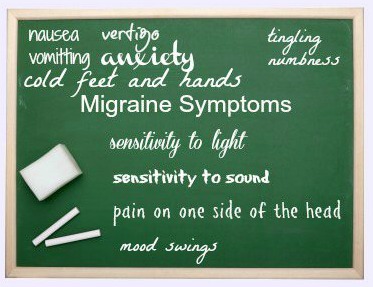 What are your symptoms?
What are your symptoms?Migraine Symptoms You Need To Know In Each Phase Of An Attack
Migraine symptoms can often be categorized into 5 possible phases, although not everyone will necessarily experience every phase, and they are not linear in progression.
1. Prodrome – occurs a few hours or several days before the headache
2. Aura – comes immediately before the headache
3. Headache phase – also known as the pain phase
4. Resolution - the way an attack ends can fluctuate
5. Postdrome – effects felt after the worst of the headache is gone
Symptoms To Watch For In The Prodrome Phase
This is your time for early warning symptoms.
This phase is experienced by approximately 60% of all migraine sufferers, however unless you keep close track of how you feel you might not even recognize this phase as migraine symptoms.
This phase will usually last a few hours or a few days before the headache strikes.
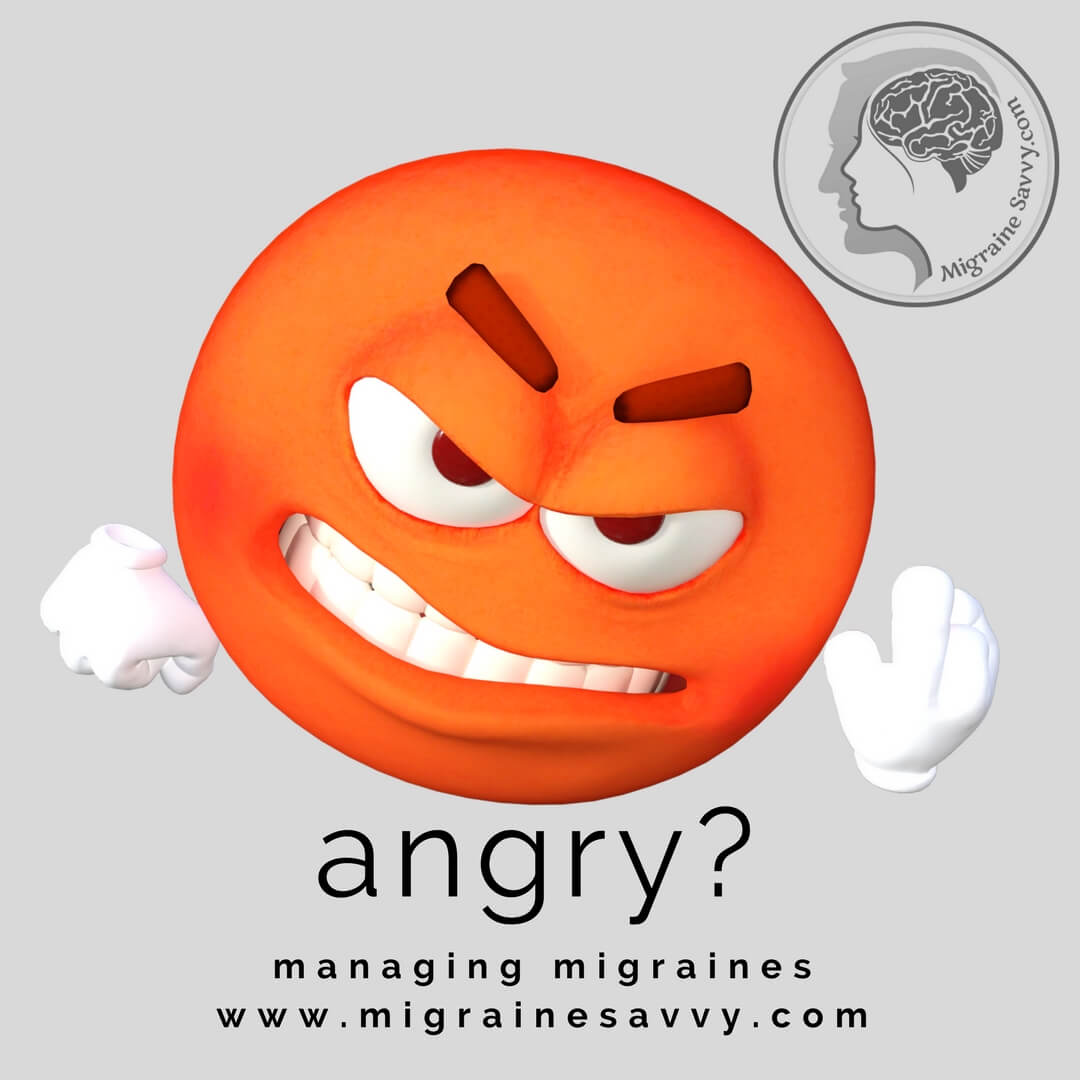 Anger and irritation can be a symptom of migraine.
Anger and irritation can be a symptom of migraine.Symptoms include: mood swings, depression, anger, irritability, fatigue, stiff muscles, diarrhea or constipation, strong cravings, increased sensitivity to noise or smell, and even euphoria.
Having cold like symptoms is common.
Aura = Visual Disturbances
These disturbances can include blurry vision, blind spots, flashes of light, and other vision changes or tingling in your hand or face. You may see flashing or shimmering lights, bright zigzagging lines, or stars.
About 1 in 5 people experience this phase. Typically the aura symptoms last for 20 - 45 minutes, and they are most often described as visual disturbances. [1]
Approximately 35% of individuals who get the aura have a feeling of pins-and-needles in one hand, which spreads up the arm towards the mouth on the same side. The tingling is usually followed by numbness.
An aura normally affects the visual field in both eyes despite it seeming to affect one only and it can last 5 - 60 minutes... and then the vision normally goes back to normal and restores itself. It is much less common for the aura phase to affect sensation or speech. "When several aura symptoms are present, they usually follow in succession." [1]
Headache Pain Phase
This can be the most unbearably painful phase. Although the pain phase can vary and range from mild to severe. The headache will usually come on gradually, and is made worse by physical activity.
The severe throbbing is usually just on one side, but in nearly half of the cases it is felt on both sides, as well as at the back of the head. This severe pain can last anywhere from a few hours to several days.
The intensity, severity and frequency varies greatly. Some people will only experience 3 or 4 in their entire lifetime, while others may have an attack several times a week.
Resolution
The way your attack ends can vary. Often vomiting can make you feel better and sleep will be soothing. For some of us, prescribed medication is the only way to help end an attack. And sadly, for others, nothing works except letting the attack run its course. [1]
Postdrome Recovery Phase
In many cases the effects of a migraine drags out for days after the pain of the headache is gone. This is called the postdrome phase.
Migraine symptoms in this phase include: fatigue, a dull pain where the migraine headache was located, gastrointestinal problems, impaired thinking, moodiness and weakness.
In rare cases, patients report feeling refreshed or usually happy, however the majority report feeling depressed and drained.
To stay in touch, remember to join the mailing list.
Wishing you a happy, healthy, pain free day,
More To Read
MIGRAINE SYMPTOMS Related Articles
WANT MORE TIPS? Subscribe to my newsletter and follow along on Facebook and Pinterest for all of the latest updates.
How to be more MIGRAINE SAVVY right now...
Reference:
1. Headache Australia (2018) Migraine - A Common and Distressing Disorder. Available [online] at: http://headacheaustralia.org.au/migraine/migraine-a-common-and-distressing-disorder/

